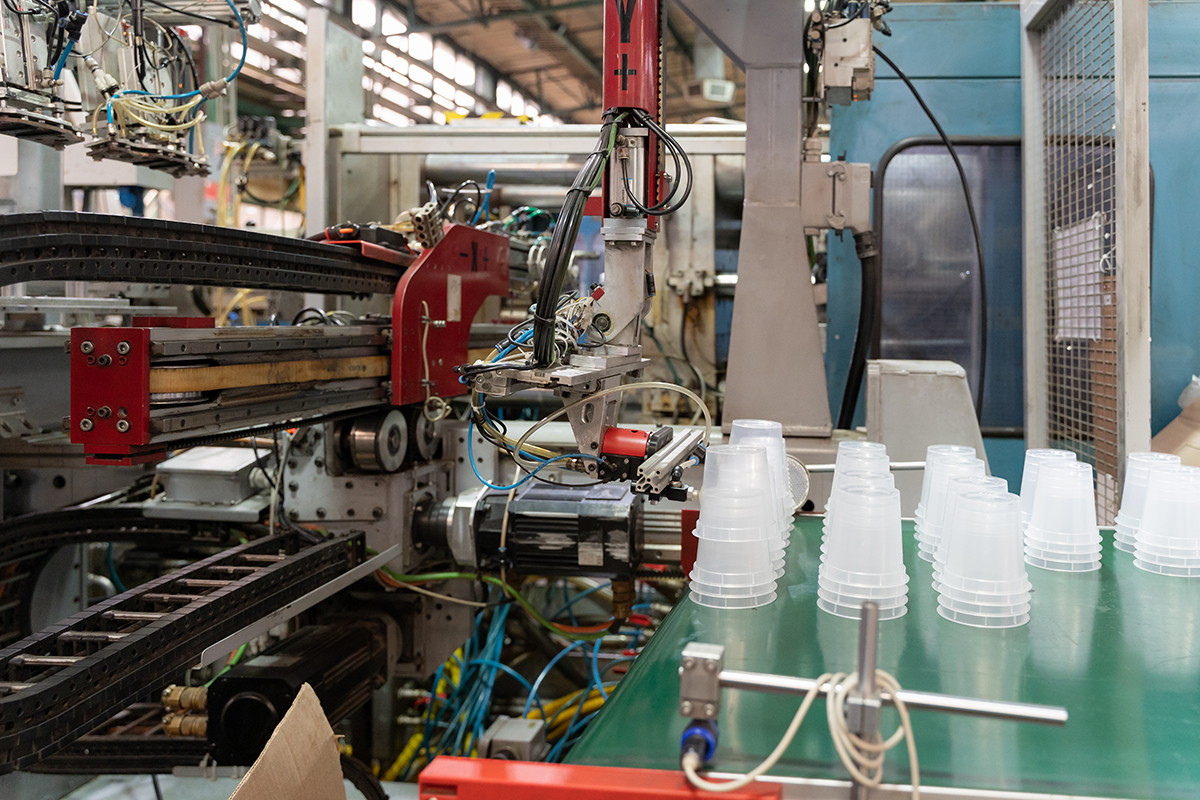8 Practices You Can Start Today to Achieve Sustainable Manufacturing
The current world population is 7.9 billion as per the census in 2021. If the human population continues to grow at this rate, 9.6 billion people will be living on earth by 2050. The more people on our planet, the quicker our resources get depleted. Humankind is now waking up to the urgency to conserve the environment and find more sustainable lifestyles.
 Three out of every four millennials are willing to pay more to buy from brands committed to a positive environmental impact. With consumers so keen on brands that care about the environment, it is time for the corporate world to develop solutions that help reduce their carbon footprint. Machining and finishing processes worldwide are being rethought to create operations that use less energy, produce less waste and make a change.
Three out of every four millennials are willing to pay more to buy from brands committed to a positive environmental impact. With consumers so keen on brands that care about the environment, it is time for the corporate world to develop solutions that help reduce their carbon footprint. Machining and finishing processes worldwide are being rethought to create operations that use less energy, produce less waste and make a change.
And so, it is up to the manufacturing industry to find more sustainable ways to manufacture consumer goods and make a positive change in their role in climatic change. Here’s a look at eight practices that manufacturing firms can begin to create a sustainable production unit that does not harm the environment –
-
Optimize the Use of Non-renewable Fuels – Re-evaluate the use of fossil fuels in your plant to find small opportunities to save energy. Optimized use of fossil fuels reduces emissions and cuts down the electricity bill. Manufacturing units can achieve this by making it a practice to turn machines off when not in use and switching to servo drive or variable-speed motors to reduce energy consumption.
-
 Recycle – Minimizing waste through recycling is a great way to impact the environment positively. Manufacturing units worldwide are developing innovative ways to recycle the waste they produce. Businesses use recycling balers to reduce costs and create a green manufacturing process. Similarly, reusing materials to reduce cost and wastage is also essential for sustainable production processes.
Recycle – Minimizing waste through recycling is a great way to impact the environment positively. Manufacturing units worldwide are developing innovative ways to recycle the waste they produce. Businesses use recycling balers to reduce costs and create a green manufacturing process. Similarly, reusing materials to reduce cost and wastage is also essential for sustainable production processes. -
Reduce Waste – One of the simplest ways to create a more environmentally friendly manufacturing process is to produce less waste. Some manufacturing units use trash compactors to reduce the waste size, that in-turn reduces the transportation costs. Re-evaluate your choices of resources and think of ways to eliminate waste throughout your operational cycle.
-
Encourage the Use of Eco-friendly Products – In 2030, millennials will be 75% of the workforce. If a majority of your workforce cares deeply about the environment, they may be happier to work with companies that encourage the use of eco-friendly products that reduce pollution in the manufacturing process.
-
Circular Manufacturing – Circular or lean manufacturing practices create a regenerative model that fuels the manufacturing facilities. This practice calls for recovering resources and repurposing the materials, pooling equipment as a part of the sharing economy, and improving the durability and lifetime value of machines. Reusing the waste produced by another plant as the raw materials for your plant is an example of circular manufacturing.
-
Time-Saving Practices – Saving time also counts as saving energy. Running a cycle faster and shutting it down can save power or reduce the number of machines to produce the same quantity. Taking steps to improve efficiency and save time can also help you move towards a sustainable manufacturing model.
-
Digitize Internal Communication – Digitizing internal communication helps reduce paper use and improves efficiency. With everyone going paperless in personal communications, mobile communications at work can be an easy change to implement. Real-time communication can also improve operational efficiency.
-
Implement Safety Measures – Utilizing technologies like Artificial Intelligence, the Internet of Things, and machine learning can create sustainable manufacturing processes. They can help implement better safety measures and improve operational efficiency in manufacturing. If factories turn into safer work environments through automation and cloud-based solutions, it will help save energy, costs, and time.
Sustainable manufacturing is not just concerned with large-scale changes such as switching from coal to solar energy to power your manufacturing plant. Going green in manufacturing is a long journey, but it begins with the first step. Take a step towards a greener tomorrow by adopting one or all of the above practices and building a sustainable manufacturing process.
About the Author
 Erich Lawson is passionate about saving the environment through effective recycling techniques and modern innovations. He works with Compactor Management Company and writes on a variety of topics related to recycling, including tips and advice on how balers, compactors and shredders can be used to reduce industrial waste. He loves helping businesses understand how to lower their monthly garbage bills and increase revenue from recycling.
Erich Lawson is passionate about saving the environment through effective recycling techniques and modern innovations. He works with Compactor Management Company and writes on a variety of topics related to recycling, including tips and advice on how balers, compactors and shredders can be used to reduce industrial waste. He loves helping businesses understand how to lower their monthly garbage bills and increase revenue from recycling.

